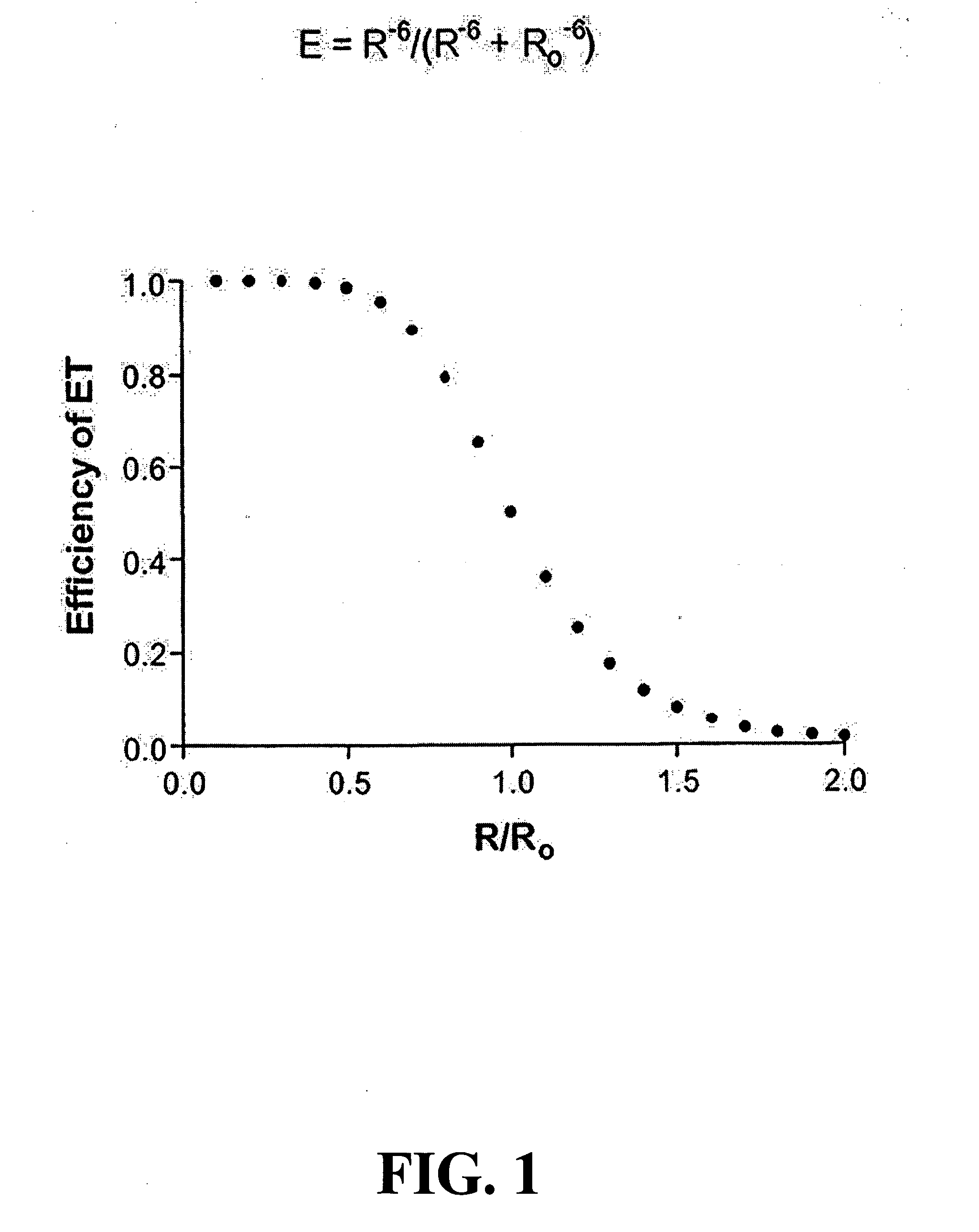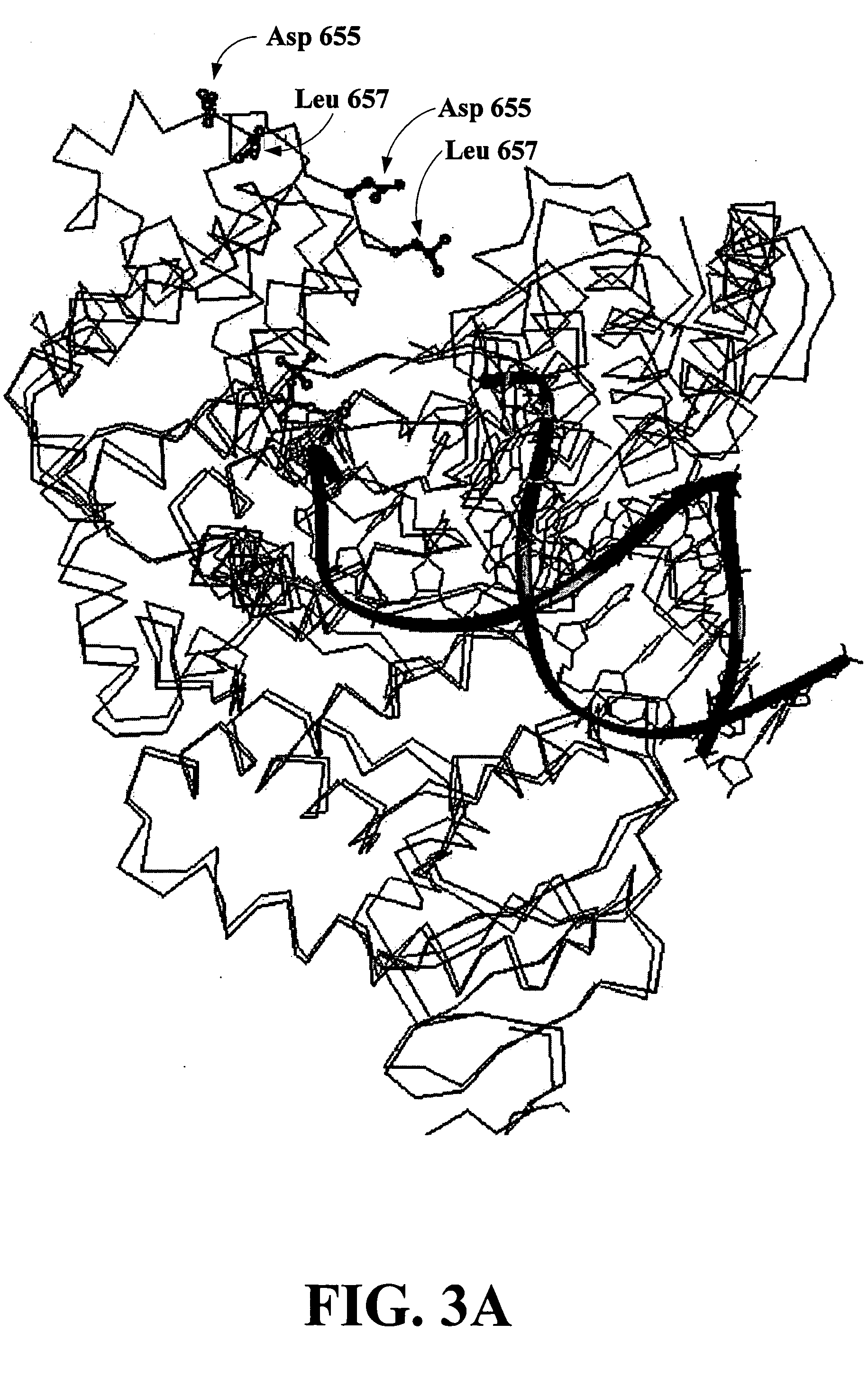Methods for sequence determination using depolymerizing agent
- Summary
- Abstract
- Description
- Claims
- Application Information
AI Technical Summary
Benefits of technology
Problems solved by technology
Method used
Image
Examples
examples
Cloning and Mutagenesis of Tag Polymerase
[0253] Bacteriophage lambda host strain Charon 35 harboring the full-length of the Thermus aquaticus gene encoding DNA polymerase I (Taq pol I) was obtained from the American Type Culture Collection (ATCC; Manassas, Va.). Taq pol I was amplified directly from the lysate of the infected E. coli host using the following DNA oligonucleotide primers:
Taq Pol I forward5′-gc gaattc atgaggggga tgctgcccct ctttgagccc-3′(SEQ ID NO. 8)Taq Pol I reverse5′-gc gaattc accctccttgg cggagcgc cagtcctccc-3′(SEQ ID NO. 9)
[0254] The underlined segment of each synthetic DNA oligonucleotide represents engineered EcoRI restriction sites immediately preceding and following the Taq pol I gene. PCR amplification using the reverse primer described above and the following forward primer created an additional construct with an N-terminal deletion of the gene:
Taq Pol I_A293_trunk5′-aatccatgggccctggaggaggc cccctggcccccgc-3′(SEQ ID NO. 10)
[0255] The underlined s...
PUM
| Property | Measurement | Unit |
|---|---|---|
| Distance | aaaaa | aaaaa |
| Frequency | aaaaa | aaaaa |
| Fluorescence | aaaaa | aaaaa |
Abstract
Description
Claims
Application Information
 Login to View More
Login to View More - R&D
- Intellectual Property
- Life Sciences
- Materials
- Tech Scout
- Unparalleled Data Quality
- Higher Quality Content
- 60% Fewer Hallucinations
Browse by: Latest US Patents, China's latest patents, Technical Efficacy Thesaurus, Application Domain, Technology Topic, Popular Technical Reports.
© 2025 PatSnap. All rights reserved.Legal|Privacy policy|Modern Slavery Act Transparency Statement|Sitemap|About US| Contact US: help@patsnap.com



